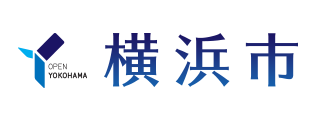- Yokohama-shi Top Page
- Municipal Government Information
- Public Relations, Public Relations, and Public Relations
- Public Relations and Publications
- Public Relations Printed Materials
- Public information Yokohama
- Public information Yokohama-shi version
- Public information Yokohama Plus
- 2021 edition
- History of the April issue tram
The text is from here.
History of the April issue tram
Yokohama Municipal Transportation, which celebrates its 100th anniversary on April 1, 2021. It has supported the city and people of Yokohama with a variety of transportation networks, including streetcars, buses, and subways. This time, we visited the Yokohama Tram Preservation Museum to learn about the history of Yokohama Municipal Transportation, which celebrates its 100th anniversary, so we will introduce the history so far.
Last updated on April 1, 2021.
Beginning of Yokohama streetcars
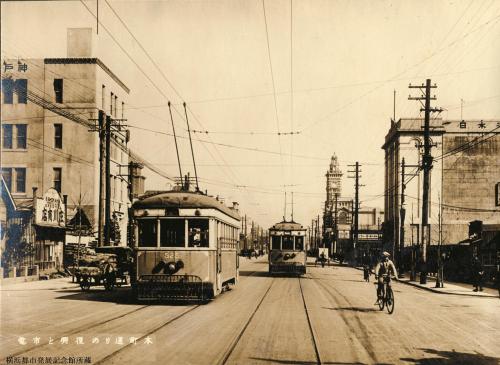
Reconstruction of Hon-cho Dori Avenue and streetcars (around 1930)
Yokohama has developed since the opening of the port of late Tokugawa shogunate to this day, but the transportation system that has supported the development and expansion of the city is streetcars. The streetcar was called the "chinchinchin train" because of the sound of the horn, and was indispensable to the lives of citizens.
The streetcar was not public from the beginning, but started with the opening of the Yokohama Electric Railway between Kanagawa and Oebashi Bridge in 1904. After World War I, the management of Yokohama Electric Railway became unstable. The city of Yokohama acquired the Yokohama Electric Railway in 1921, and the "Yokohama Electric Railway" started because of the great impact on citizens' lives, including the consideration of strikes and fare hikes.
In 1923, the Great Kanto Earthquake occurred, and the tram lost more than half of the vehicles, but the improvement of railway tracks was promoted through reconstruction projects, and new routes were created in various parts of the suburbs. The distance of the track was more than twice as much as before the earthquake, and the street line network was almost completed at this time.
500 type that feels nostalgic
At the tram preservation hall, one of the 500 types purchased in large quantities in 1928 was exhibited.
It was a vehicle that was used at that time, and I was very impressed to feel the history, such as the friction of the floor and the foot gong that trampled on the horn. I didn't know the time when Type 500 was active, but it was a mysterious experience that made me feel nostalgic.
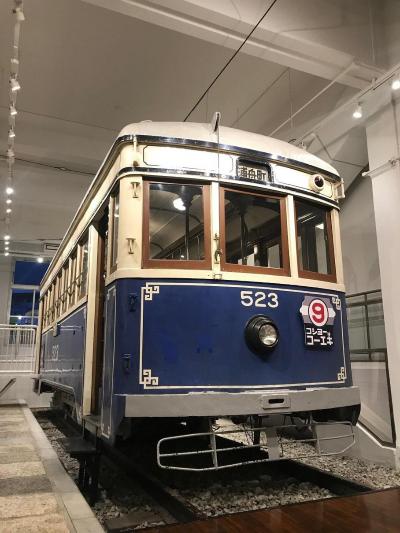 Type 500
Type 500
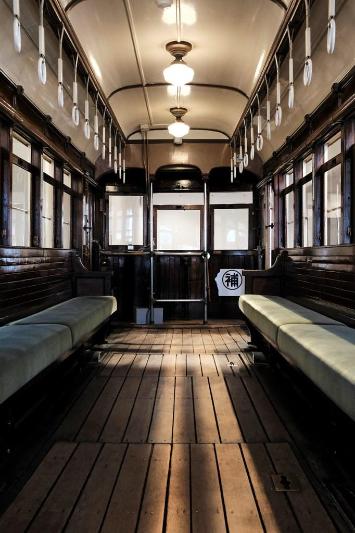 Inside the car with a sense of history
Inside the car with a sense of history
The Beginning of New Transportation
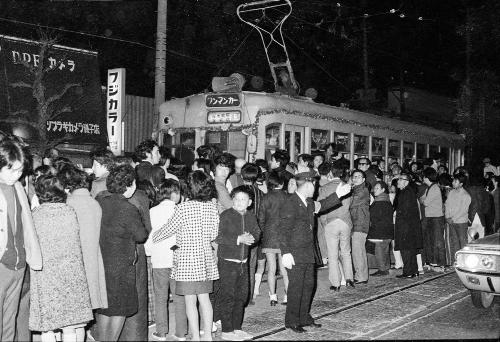
Citizens who gathered at the farewell ceremony of the streetcar (Ashinabashi) Showa 47 (1972) Provided by Goro Someya
The streetcars were destroyed many times by air raids by the Pacific War (1941-1945), but they recovered immediately after the war and reached the largest scale in the 1955-1964.
However, as the city of Yokohama becomes wider, it becomes difficult for low-speed trams to play a role as urban traffic, and as rapid economic growth progresses, it finally reaches its limits as a means of transportation within the city. Was.
From the latter half of the Showa era, the main players in transportation from the suburbs to the city center were the Japanese National Railways (now JR) and private railway high-speed trains. The city of Yokohama started construction of the subway, a municipal high-speed train, and at the same time, the tram line was gradually removed, and in 1972 the Yokohama tram finished its role and completely disappeared.
Today, subways and buses are used as transportation to support citizens' lives instead of streetcars.
Through this interview, I was able to reaffirm that the transportation that I usually use for granted has grown along with urban development, despite being burned down in wars, etc., and has been created over many years. . In 2020, the operation of Bayside Blue (articulated bus) began, and municipal transportation is active not only as a "foot of life" but also as a "foot of sightseeing". What kind of history will you create in the future?
Yokohama tram preservation hall
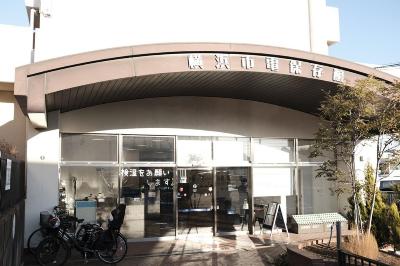 Yokohama tram preservation hall
Yokohama tram preservation hall
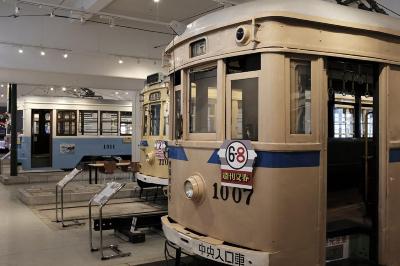
Address
3-1-53, Takigashira, Isogo-ku
Opening date and time
From 9:30 to 17:00 (admission until 16:30)
(Closed every Monday, December 29-January 3)
Admission fee
Adults (high school students and above) …300 yen
Junior high school students from 3 years old…………100 yen
※In addition, there is a special treatment fee, so please check the official website.
Official website
https://www.shiden.yokohama/ (outside site)
Official YouTube account
https://www.youtube.com/channel/UC5XtqwnUnCCWTJhQuFlVoiA (external site)
Official Amazon shop
https://www.shiden.yokohama/shop/ (external site)
Yokohama Municipal Transportation 100th Anniversary Project
100th Anniversary Gallery Train is in operation
We operate a gallery train that jacks in-vehicle advertisements with posters of nostalgic vehicles and documents "100 Steps" that tell the site of municipal transportation from the perspective of staff!
Period From Wednesday, April 14 to mid-May (planned)
[Operating Vehicles] 1 Organization
※The service time changes every day. Please refer to the "3000V Operation Timetable" website.
http://navi.hamabus.city.yokohama.lg.jp/koutu/pc/diagram/ SpecialTrainDiagramCalendar (external site)
Publishing 100-year history
The 100-year history of Yokohama Municipal Transportation, which traces Ayumi for 100 years, is scheduled to be released around June 2021.
Many valuable photos are also posted, and you can fully learn about Yokohama municipal transportation.
As you will tell about the details on municipal traffic 100th anniversary website, please see by all means.
For more information, please check the official website of Yokohama Municipal Transportation 100th Anniversary.
https://kotsu100th.city.yokohama.lg.jp/ (outside site)
Inquiries to this page
Transportation Bureau General Affairs Division
Phone: 045-671-3671
Phone: 045-671-3671
Fax: 045-322-3911
Page ID: 227-186-573

